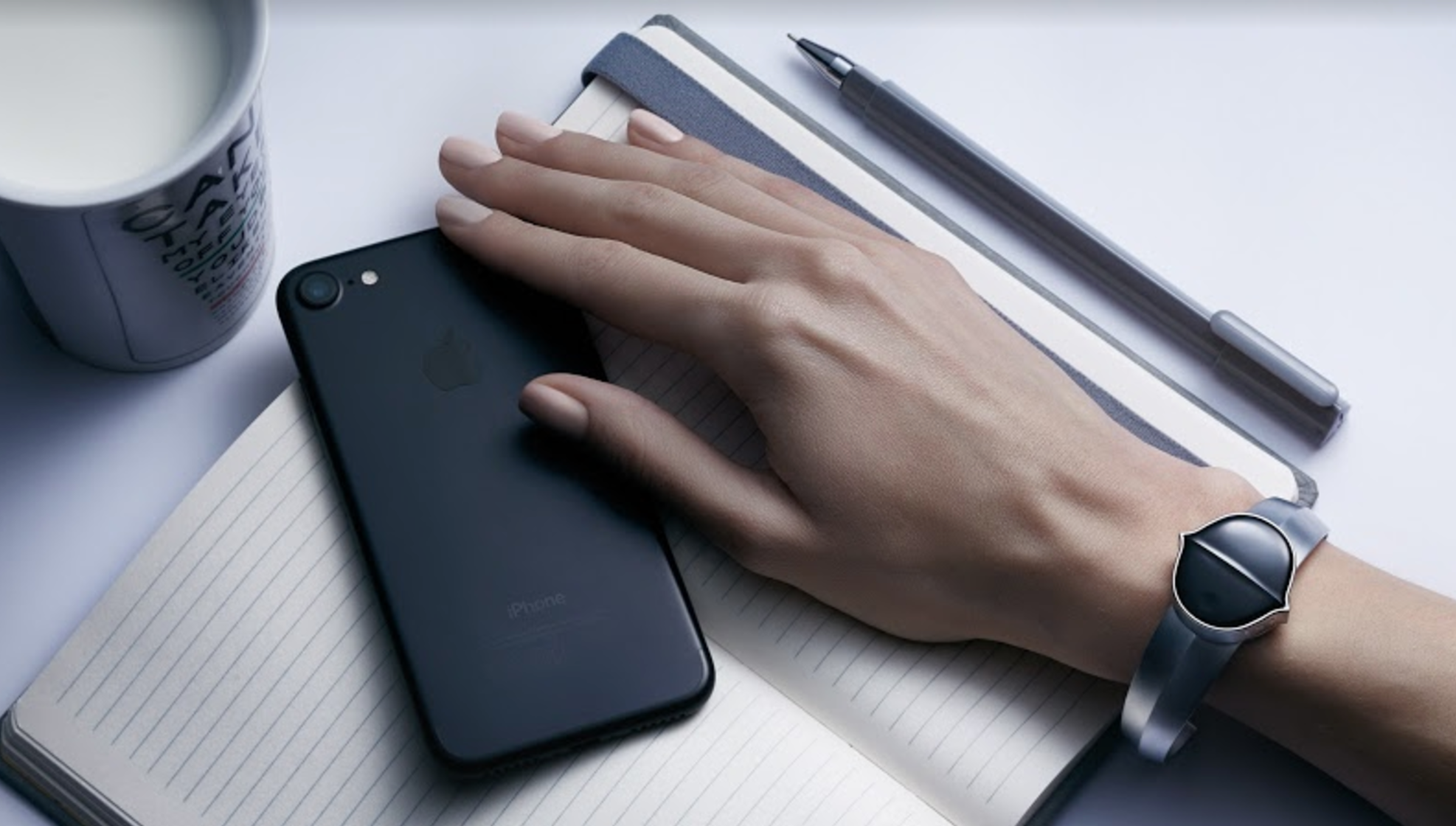Note to self: Speakables could derail the smartwatch


The Senstone can be worn on the wrist for quick idea capture and routing.
Smartwatches such as the Apple Watch and those that support Android Wear can accept voice input and even interface with cloud-based agents such as Siri and Google Assistant. However, while their tiny screens can provide discreet notifications, they create challenged touch interfaces to support apps even though the category has no compelling horizontal purpose.
Special Feature
Recently, though, a wave of purpose-driven products hailing from crowdfunding platforms have taken an alternative approach. They're less expensive and have longer battery life, in part because they have no display. Their direct predecessors are the digital and even tape-based memo recorders that nerdy business types of yore would use to record a "note to self." They are wearable, app-accompanied cloud-connected "speakables."
Of course, modern smartphones have any number of voice note recorders bundled or available in app stores. But just as a smartwatch screen serves as a more convenient output venue for notifications, so do these products serve as a more accessible input venue for notes.
With its Indiegogo video citing the dubious claim that we have "up to 70,000 ideas per day", Myle Tap billed itself as the world's first "wearable thought catcher". It differentiated from other wearable smartphone-paired mikes such as the Instamic by focusing on routing voice snippets to the most appropriate applications, such as a calendar app for reminders or Twitter for a status update.
The Myle Tap even promises to allow simple IFTT-like development of Mylets, its equivalent of Alexa's skills. However, while its campaign ended in the middle of 2015, it still hasn't shipped. The latest communique from the company, sent on January 3, details production issues caused by making its logic board too thin, and notes that it plans to enter the production process soon.
The delay has left an opening for a smaller, more fashionable competitor: Senstone, which is funding now on Kickstarter with about a month to go. My colleague Matthew Miller has had a first look. It can be clipped to a collar or worn as a pendant or fitness-style band. Senstone can transcribe voice notes and uses AI to separate voice note content from background noise.
And while it too can be activated by tapping its surface, it can also be activated via finger snap when it is docked. Senstone even has a group productivity play. The campaign page notes that you can inform team members that pizza has been ordered for lunch, allaying untold anxiety and hence lost productivity due to the workplace affliction that is menu choice uncertainty.
These products aren't really portable versions of the Amazon Echo, at which you're constantly barking commands (although they could easily add such functionality as the aborted Pebble Core was slated to do). Still, as with the Echo, integrations will be key, beginning with popular note-taking apps such as Evernote, OneNote, Google Keep and Wunderlist and extending to team productivity apps such as Slack and Asana. Indeed, it would not be surprising to see a company such as Evernote scoop up one of these products or develop one itself as a companion device akin to Snap's Spectacles.
Not everyone uses an app like Evernote and therefore many may not see the potential of a device like the Myle Tap or Senstone. But virtually everyone occasionally needs to capture some bit of information in a time when other methods prove inconvenient. That makes for a stronger use case than the smartwatch presently offers.